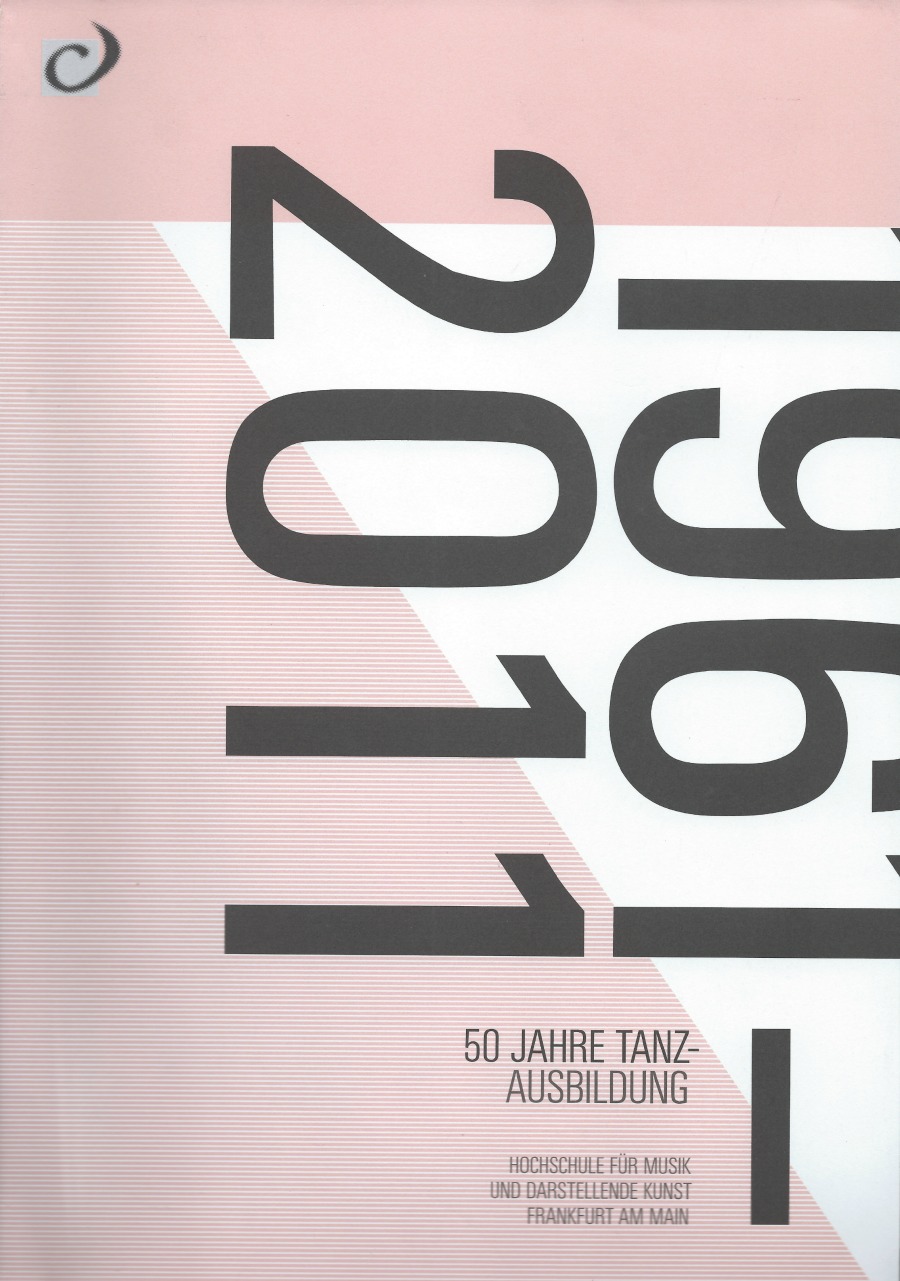SUMMARY
Hochschule für Musik und Darstellende Kunste Frankfurt am Main (HfMDK)
Tanz ist wahrscheinlich die innovativste Kunstform im 21.Jahrhundert und hat in den letzten 50 Jahren eine rasante Entwicklung durchlaufen. Die Recherche über die Geschichte der Tanzabteilung der HfMDK zeigt die enormen Fortschritte im Tanz und in der Tanzausbildung wie auch im künstlerischen Feld und in den Arbeitsweisen. Die Anforderungen, die heute an Tänzer und Tanzstudierende gestellt werden, sind hoch komplex. Eine zeitgenössische Ausbildung muss sich diesem Wandel stellen.
KULTUR ERBE TANZ
Welche Verbindungen bestehen zwischen diesen drei Begriffen und Bereichen? Was wird von wem als tänzerisches Erbe betrachtet? Was macht Kultur aus? Wie wird Tanzwissen, wie Körperwissen generiert und tradiert? Wie werden Zugänge zu diesem Wissen ermöglicht? Was und wie wird heute dokumentiert, um tänzerisches Erbe für die Zukunft zugänglich zu machen? Wie ist in der Vergangenheit tänzerisches Schaffen und Gedankengut dokumentiert worden und wie gehen wir mit diesen Dokumenten heute um?
A few texts are also in English:
50 years Dance Education in the University for Music and Performing Arts (HfMDK) Frankfurt am Main
Dance is probably the most innovative art form of the 21st century and has been going through a fast paced development in the last 50 years. The research about the history of the Dance Department of the HfMDK shows enormous progressive developments in dance, dance education as well as in the artistic field and in ways of working. The demands, that dancers and dance students are facing today have become highly complex. A contemporary dance education has to meet the multiplicity of current concerns.
CULTURAL HERITAGE DANCE
What connections exist between these three terms and fields? What is seen as Dance Heritage by whom? What makes Culture? How are Dance Knowledge and Body Knowledge generated and passed on? How is the access to such Knowledge afforded? What is being documented today, and how is it being documented, to make Dance Heritage accessible in the future? How has documentation been done before and how do we interact with these documentations today?

